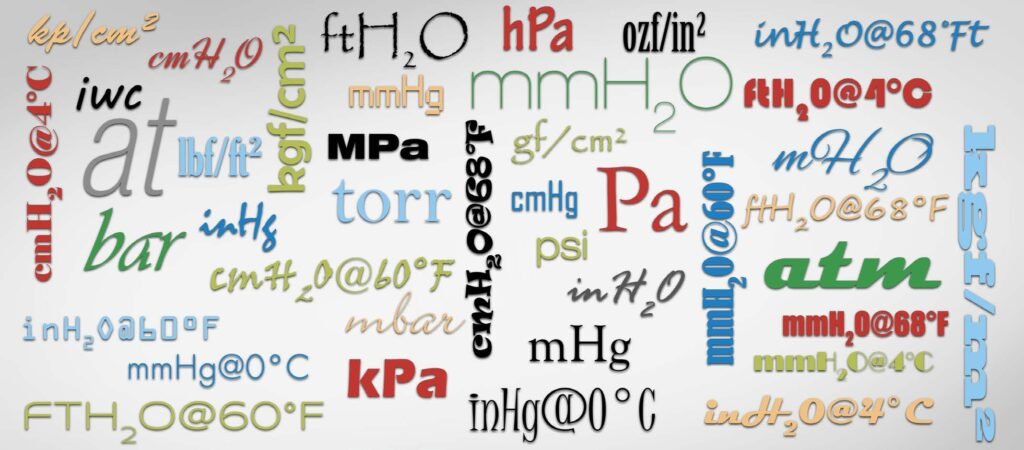
Catalog
Pressure sensors are core components in the industrial, automotive, consumer electronics, and medical fields, responsible for converting pressure signals into measurable electrical outputs. Because of their varied operating environments and packaging methods, they can exhibit a wide range of fault characteristics. Below is a brief overview of common fault phenomena and corresponding troubleshooting methods, along with key points on replacement and soldering to help you quickly identify and resolve issues.
Fault Phenomena Analysis
1. Abnormal Output Signal
PCB or Solder Joint Stress: Tiny SMD sensors can exhibit drift or sudden signal changes due to solder joint stress.
Port Blockage: For sensors with built-in ports, dust or debris clogging the inlet can skew output readings.
Internal Circuit Failure: Aging strain gauges or ASIC components, especially in harsh temperature/humidity conditions, can result in erratic signals.
2. Zero Offset
Thermal Drift: Different enclosures (metal vs. plastic) dissipate heat differently, affecting offset.
Mechanical Stress: SMD sensors that haven’t been stress-relieved post-soldering may show baseline shifts at normal ambient conditions.
Aging: Long-term use can degrade sensor elements, making it difficult to maintain a stable zero reference.
3. Reduced Sensitivity
Contamination: In dusty or oily environments, particles can obstruct the sensor’s vent holes, especially in miniature designs.
Membrane Deformation: Some sensors rely on diaphragm deflection; repeated overloading or environmental stress can cause permanent deformation.
Wiring Degradation: Overly long soldering or multiple reflows for DIP leads may lead to oxidation or loosening, dampening the signal.
4. Crossover Fault
Range Design Flaws: Sensors optimized for a certain pressure band may exhibit non-linear behavior at the edges of their range.
Insufficient Dynamic Response: In high-speed data acquisition scenarios, a slow compensation circuit can produce jumpy or incomplete signals.
Enclosure Stress: Small or improperly mounted packages might experience stress imbalances at specific pressure thresholds.
Troubleshooting Methods
1. Calibration
Regular Calibration: Compare sensor readings against a precise reference pressure source and adjust offsets or full-scale outputs.
Software Compensation: Many modern sensors include digital interfaces or ASICs that allow temperature and offset calibration via software.
2. Check Connections
Solder Inspection: Look for cracks or cold joints in SMD pads; verify DIP pins haven’t oxidized or bent out of shape.
Secure Wiring: Ensure connectors and cables remain tight and stable, especially in vibrating or mobile environments.
3. Cleaning
Surface and Port Cleaning: Use lint-free wipes and anhydrous alcohol to clear away dust or grease, focusing on the sensor port or vent hole.
Environmental Control: For high-dust or high-humidity areas, consider protective housings or desiccant filters.
4. Replace Seals
Routine Checks: Inspect O-rings, gaskets, or other sealing components for signs of wear or distortion.
Use OEM Parts: Substituting with off-spec seals can compromise the sensor’s performance and longevity.
5. Check Power Supply
Stable Voltage: Pressure sensors are sensitive to supply fluctuations. Employ regulated power sources to reduce ripple.
EMI/RFI Mitigation: Where electromagnetic interference is a concern, shield the sensor or add filtering components.
6. Replace Faulty Components
Component-Level Repair: For modular sensors, diagnose and replace the defective part (ASIC, strain gauge) if possible. Otherwise, swap the entire sensor module.
Quality Assurance: Ensure replacement parts match original specifications to maintain performance continuity.
Pre Replacement Recommendations
1. Same Pressure Range
Select a sensor with an identical or very close pressure range to the original for ease of system integration.
2. Verify Pin Definitions
SMD and DIP sensors often differ in pin assignments. Double-check the datasheet to avoid miswiring and potential damage.
3. Voltage Output Range
Make sure the new sensor’s analog or digital output aligns with your system’s ADC or controller requirements.
4. Measurement Accuracy
Match or exceed the original sensor’s accuracy, especially for critical applications in medical devices or high-precision industrial controls.
5. Response Rate
If you’re monitoring rapid pressure fluctuations, choose a sensor with a sufficiently fast response time to capture real-time changes.
6. Compare Supplier Specifications
Look closely at datasheets from both old and new suppliers, ensuring compatibility in operating temperature range, shock/vibration resistance, and long-term stability.
Welding Recommendations
1. Check for Cold Joints
SMD pads should appear uniformly soldered; DIP pins should have well-formed solder fillets without gaps or cracks.
2. Maintain a Clean Iron Tip
Remove oxidation and residue regularly. A clean tip is essential for creating consistent, high-quality solder joints.
3. Prevent Thermal Deformation
Precisely control soldering temperature and duration. Overheating can damage the MEMS structure inside the sensor or warp surrounding components.
4. Avoid Direct Contact with Metal Tools or Hands
Static protection is paramount. Wear an ESD wrist strap and use insulated tools to safeguard the sensor from electrostatic discharge.
Conclusion
Air Pressure sensors play a critical role across various industries, but their performance can be affected by complex working environments, leading to occasional failures. By analyzing common issues such as abnormal output signals, zero offset, and reduced sensitivity, and applying corresponding troubleshooting methods like calibration, connection checks, cleaning, and seal replacement, system stability and reliability can be significantly improved. Additionally, ensuring parameter compatibility before replacing sensors and following proper soldering practices can help prevent further damage. Implementing these measures not only reduces maintenance costs but also extends the lifespan of the equipment, ensuring long-term system stability.
The above introduction only scratches the surface of the applications of pressure sensor technology. We will continue to explore the different types of sensor elements used in various products, how they work, and their advantages and disadvantages. If you’d like more detail on what’s discussed here, you can check out the related content later in this guide. If you are pressed for time, you can also click here to download the details of this guides air pressure sensor product PDF data.
For more information on other sensor technologies, please visit our sensors page.

